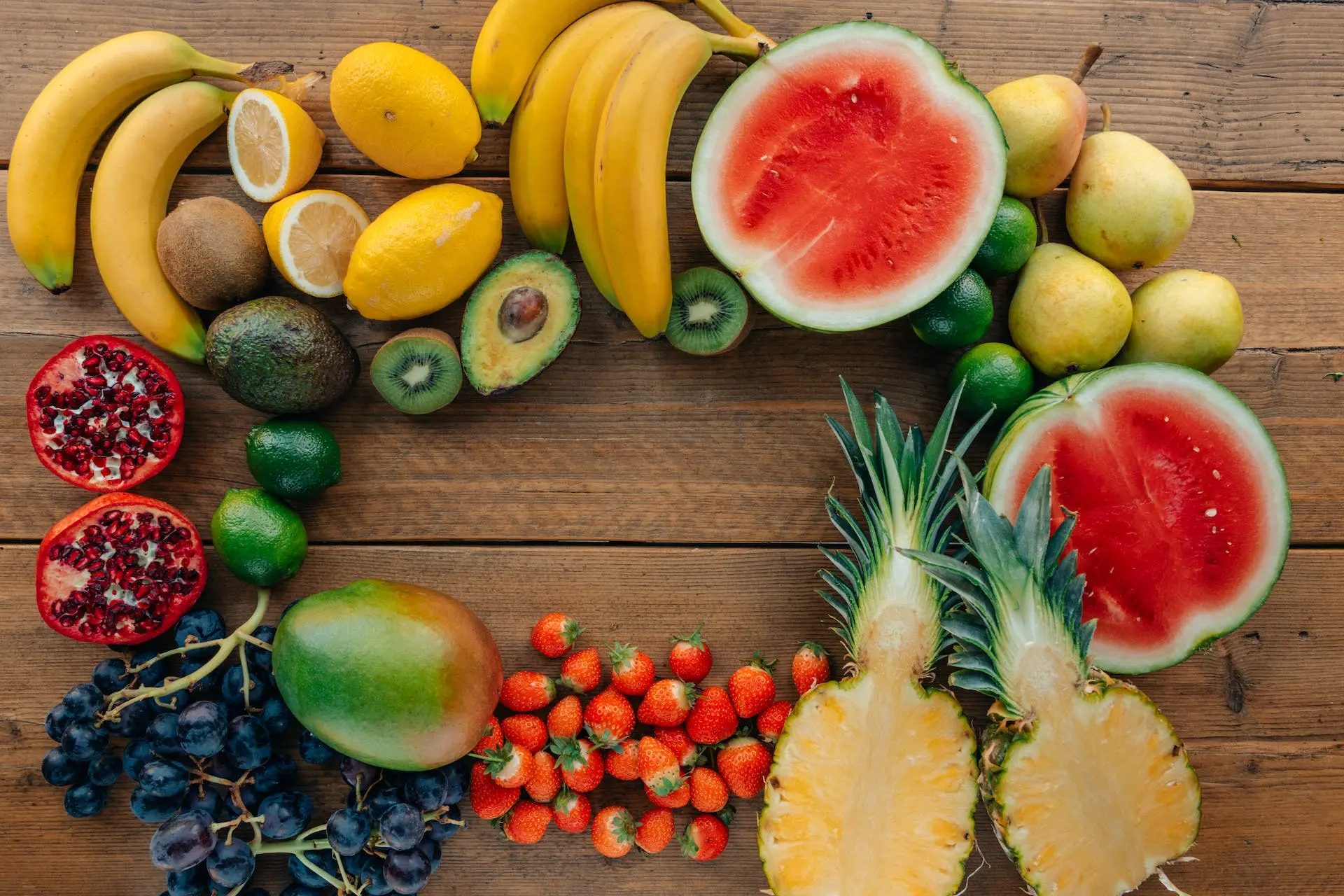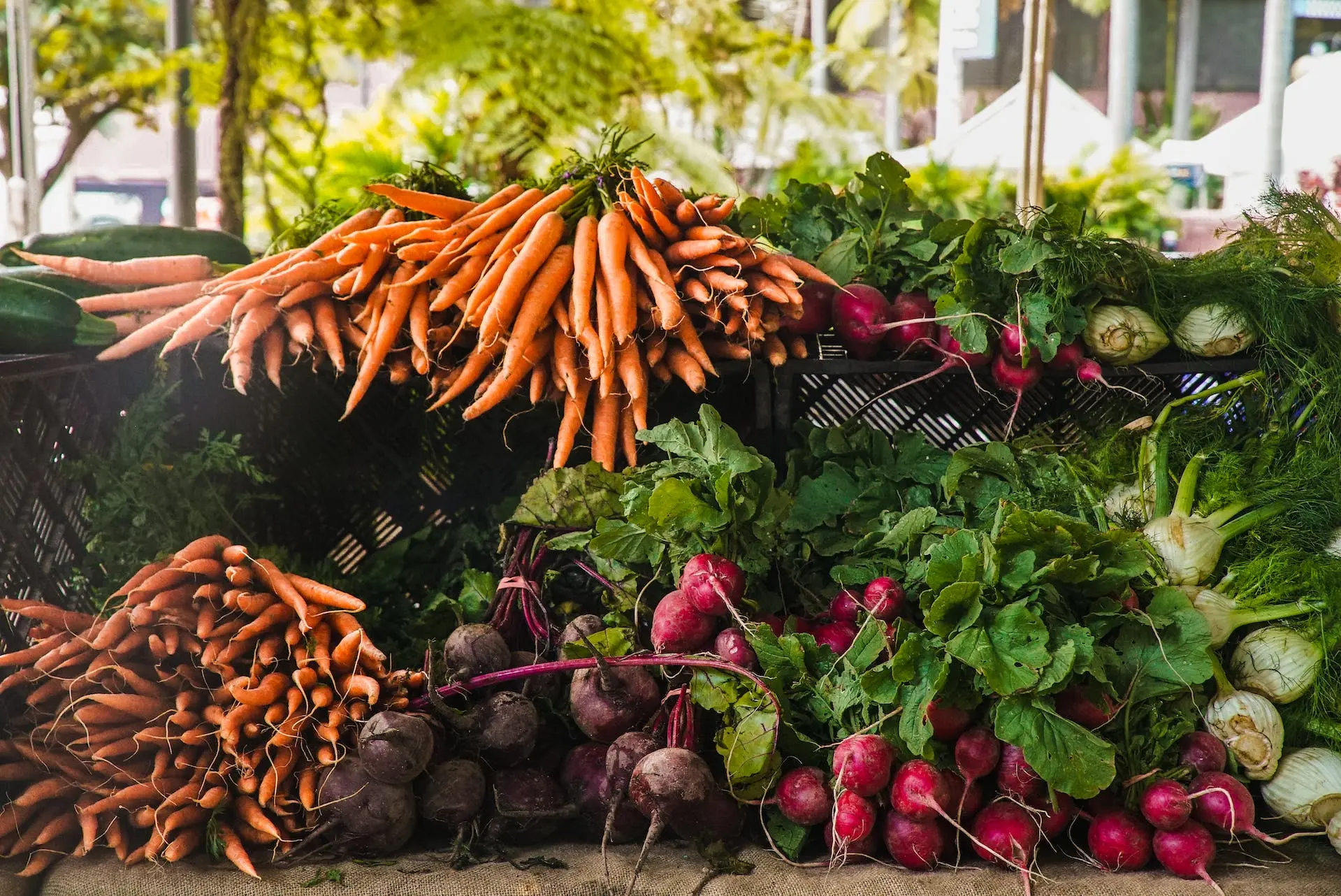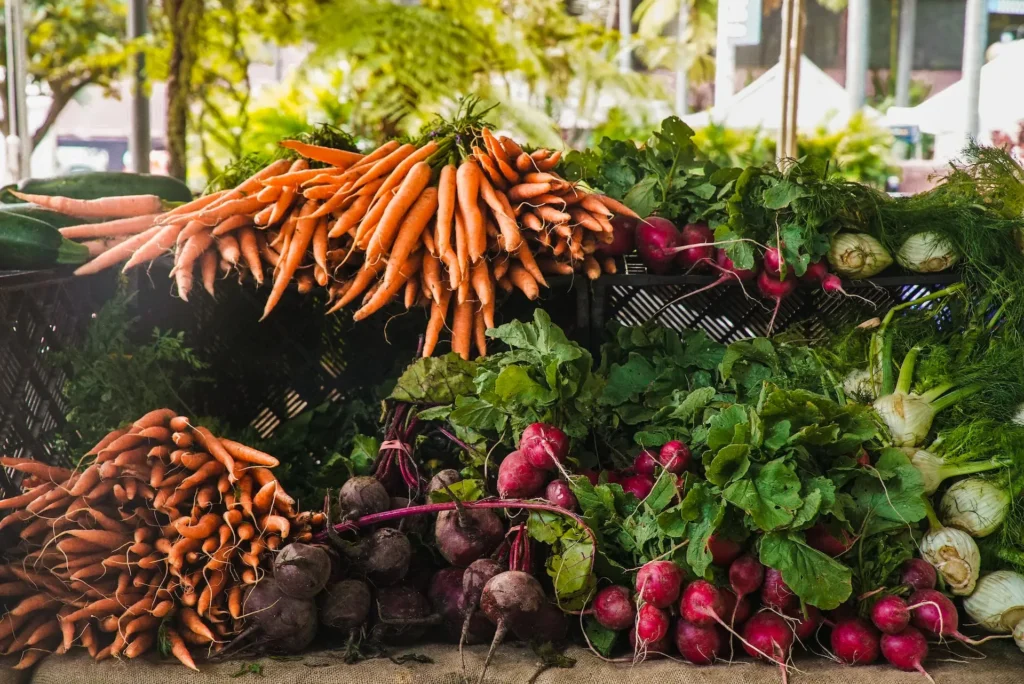In an unprecedented initiative, Swiss materials science and technology research institute Empa and retail giant Lidl Switzerland have joined forces to tackle one of the most pressing challenges of our time: food waste and the associated environmental impact of plastic packaging. This project marks a significant step towards a more sustainable future by combining innovative science with practical applicability in the retail sector.
Food waste is a global problem with far-reaching consequences. Every year, millions of tonnes of food are wasted worldwide, which not only represents a waste of valuable resources, but also produces significant amounts of greenhouse gases. At the same time, the extensive use of plastic packaging to preserve food freshness contributes to another environmental dilemma: the increasing pollution caused by plastic waste. This packaging, although effective in extending the shelf life of food, often ends up as non-degradable waste in our oceans and landscapes.
In this context, the collaboration between Empa and Lidl Switzerland represents an innovative approach to tackling these two problems. By developing an environmentally friendly protective cellulose layer for fruit and vegetables, the project aims to extend the shelf life of food while reducing the need for conventional plastic packaging. This initiative is not only a step towards a more sustainable food industry, but also an example of how science and commerce can work together to find solutions to some of the most pressing environmental issues of our time.

Development of the cellulose protective layer: a breakthrough in sustainable food packaging
Empa’s research work focussing on the development of a cellulose protective layer represents an innovative advance in sustainable food packaging. This project, which is being carried out in close collaboration with Lidl Switzerland, aims to provide an environmentally friendly alternative to conventional plastic packaging in order to reduce food waste and minimise environmental impact.
The origin of the material for this revolutionary protective layer is just as remarkable as its function. The cellulose is derived from pomace, the solid residue left over after squeezing juice from fruit and vegetables. This innovative use of by-products that are otherwise considered waste emphasises Empa’s commitment to sustainability and resource efficiency. Recycling these organic materials not only reduces waste, but also provides a valuable raw material for the production of the protective coating.
The process of producing the cellulose protective coating is a prime example of applied science. Empa researchers have developed a method to extract the cellulose from the pomace and convert it into a mouldable coating. This coating can then be applied to fruit and vegetables to extend their shelf life. The protective coating is applied either by spraying or by immersion, whereby the coating forms a thin, breathable layer that preserves the freshness of the food.
Another advantage of this protective coating is its user-friendliness. It is easy to wash off and poses no risk to the consumer if accidentally consumed. These properties make the cellulose protective layer a practical and safe solution for everyday use in the retail sector.
To summarise, Empa’s development of the cellulose protective layer is a significant step towards a more sustainable food industry. By utilising waste products as a raw material and creating an environmentally friendly alternative to plastic packaging, this project demonstrates how innovative research can provide practical and environmentally conscious solutions to everyday challenges.
Advantages and functions of the cellulose protective layer: a milestone in food preservation
The cellulose protective layer developed by Empa offers several decisive advantages that make it a revolutionary solution in the food industry. These advantages range from extending the shelf life of food to environmental friendliness and the possibility of integrating useful additives.
Extending the shelf life of fruit and vegetables
One of the most outstanding features of the cellulose protective layer is its ability to significantly extend the shelf life of fruit and vegetables. This is particularly evident in the example of bananas. Tests have shown that bananas treated with this protective layer have a freshness extended by over a week. This extension of shelf life is a key factor in the fight against food waste, as it allows retailers and consumers to store and consume food for longer before it spoils.
Environmental friendliness and safety
The environmental friendliness of the cellulose protective layer is another key benefit. As it is made from natural and renewable raw materials, it offers a sustainable alternative to conventional plastic packaging. Its biodegradability and the use of by-products from the food industry help to reduce the ecological footprint. In addition, the protective layer is completely safe for the consumer. It is non-toxic and, if not removed before consumption, can be eaten without hesitation.
Possibility of adding additives
Another innovative aspect of the cellulose protective layer is the possibility of incorporating additives such as vitamins or antioxidants. This option opens up new ways of increasing the nutritional value of packaged foods and offering additional health benefits. The integration of such additives could increase the attractiveness of the products for health-conscious consumers and at the same time improve the nutritional value of the food.
However, this is in stark contrast to the washability of the protective cellulose layer. The additives are then also disposed of. The addition of additives therefore appears to make less sense.
Overall, the cellulose protective layer is a promising development in food technology. Its ability to extend the shelf life of food and its environmental friendliness make it a forward-looking solution for a more sustainable and healthier food supply.

Test phase and future plans: the path to the market launch of the cellulose protective layer
The development of the cellulose protective layer by Empa and Lidl Switzerland has reached a decisive phase in which the effectiveness and practicability of this innovative solution is being tested under real conditions. This test phase, consisting of a preliminary study and a more extensive main study, is crucial for the future implementation of the technology in the retail sector.
Description of the preliminary study and the ongoing main study
The preliminary study, which has already been successfully completed, served as an initial test run to evaluate the basic properties and effectiveness of the cellulose protective coating. In this phase, the extension of the shelf life of various types of fruit and vegetables was investigated under controlled conditions. The results of this preliminary study were promising and formed the basis for the subsequent, more comprehensive main study.
In the current main study, the cellulose protective coating is being tested under real conditions. This includes applying the protective coating to a wider range of fruit and vegetables, testing its handling and applicability in the supply chain and evaluating its acceptance by end consumers. The aim of this main study is to demonstrate the efficiency and practicality of the protective coating in a real retail environment and to make any necessary adjustments to optimise the technology for widespread use.
Financial support from the Swiss Innovation Agency (Innosuisse)
The research and development work on the cellulose protective layer is made possible to a large extent by the financial support of the Swiss Innovation Agency, Innosuisse. This funding emphasises the importance of the project for the promotion of sustainable innovation in Switzerland and provides the research teams with the necessary resources to continue their work at the highest level.
Objective: Deployment of the technology in all Lidl shops in Switzerland
The long-term goal of this project is to use the cellulose protective layer in all 150+ Lidl shops in Switzerland. This would not only reduce food waste in the shops, but also significantly increase the retailer’s sustainability. The successful implementation of this technology could also serve as a model for other retailers and industries looking for environmentally friendly packaging solutions.
Overall, the project is at an exciting turning point where the research findings are being translated into practical applications. The successful implementation of this technology could have far-reaching positive effects on the food industry and environmental protection.
Ecological consideration of plastic packaging: A complex environmental dilemma
The debate about plastic packaging in the food industry is a key issue in the context of environmental sustainability. While plastic packaging helps to extend the shelf life of food and thus reduce food waste, it also causes considerable environmental pollution.
Environmental impact of plastic packaging compared to food waste
Plastic packaging is effective in extending the shelf life of food, which in turn helps to reduce the amount of food waste. Food waste is not only a waste of resources, but also contributes to the generation of greenhouse gases when it rots in landfills. On the other hand, plastic packaging is often difficult to degrade and can lead to long-term environmental problems, such as pollution of oceans and landscapes. These dual impacts of plastic packaging require careful consideration of their pros and cons.
Example calculation using the example of imported cucumbers
An interesting case study in this context is that of imported cucumbers. Empa researchers have calculated that the plastic packaging of imported cucumbers only accounts for 1% of the total environmental impact caused by production and transport. In comparison, the positive environmental impact of reducing food waste is almost five times higher than the negative impact of plastic packaging. This calculation shows that in certain cases the use of plastic packaging can be justified from an environmental point of view.
Transition strategies until the widespread use of alternative packaging methods
Until alternative packaging methods, such as the cellulose protective layer developed by Empa and Lidl Switzerland, are widely used, transition strategies are required. These could include the continued use of plastic packaging in certain areas as long as it is recycled efficiently and the environmental impact is minimised. At the same time, efforts should be made to accelerate the development and implementation of more environmentally friendly packaging solutions. Education and awareness-raising among consumers and retailers also play an important role in increasing the demand for more sustainable packaging options.
The environmental consideration of plastic packaging requires a balanced view that takes into account both the benefits in terms of reducing food waste and the long-term environmental impact. The development and promotion of sustainable packaging alternatives will be crucial to solving this complex environmental dilemma.
A promising step towards a more sustainable future
The joint project between Empa and Lidl Switzerland to develop a protective cellulose coating for fruit and vegetables is more than just an innovative technological achievement; it is a significant step forward in our endeavours to protect the environment and promote sustainability. This initiative stands out as a shining example of how scientific research and commercial application can go hand in hand to find solutions to some of the most pressing challenges of our time.
Importance of the project for environmental protection and sustainability
The development of the cellulose protective layer addresses two key environmental issues: reducing food waste and reducing reliance on plastic packaging. By extending the shelf life of food, this technology helps to minimise the waste of valuable resources and reduce the environmental impact of reduced food waste. At the same time, the use of natural, biodegradable materials such as cellulose offers an environmentally friendly alternative to conventional plastic packaging, which can lead to a significant reduction in plastic waste.
Outlook on the potential impact of the technology
The potential impact of this technology on the food industry and environmental protection is enormous. With the successful implementation of the cellulose protective layer in over 150 Lidl shops in Switzerland, this project could serve as a pioneering model for other retailers and industries. It shows how innovative, sustainable packaging solutions can not only reduce environmental impact, but also increase efficiency and profitability in retail.
Furthermore, the successful application of this technology could catalyse further research and development into sustainable packaging materials. This would not only revolutionise the food industry, but also make a significant contribution to global environmental protection.
The Empa and Lidl Switzerland project symbolises a hopeful future in which sustainability and innovation go hand in hand. It is a shining example of how creative solutions and collaborative partnerships can bring about positive change in our society and environment.
Sources
This post is also available in Deutsch.

